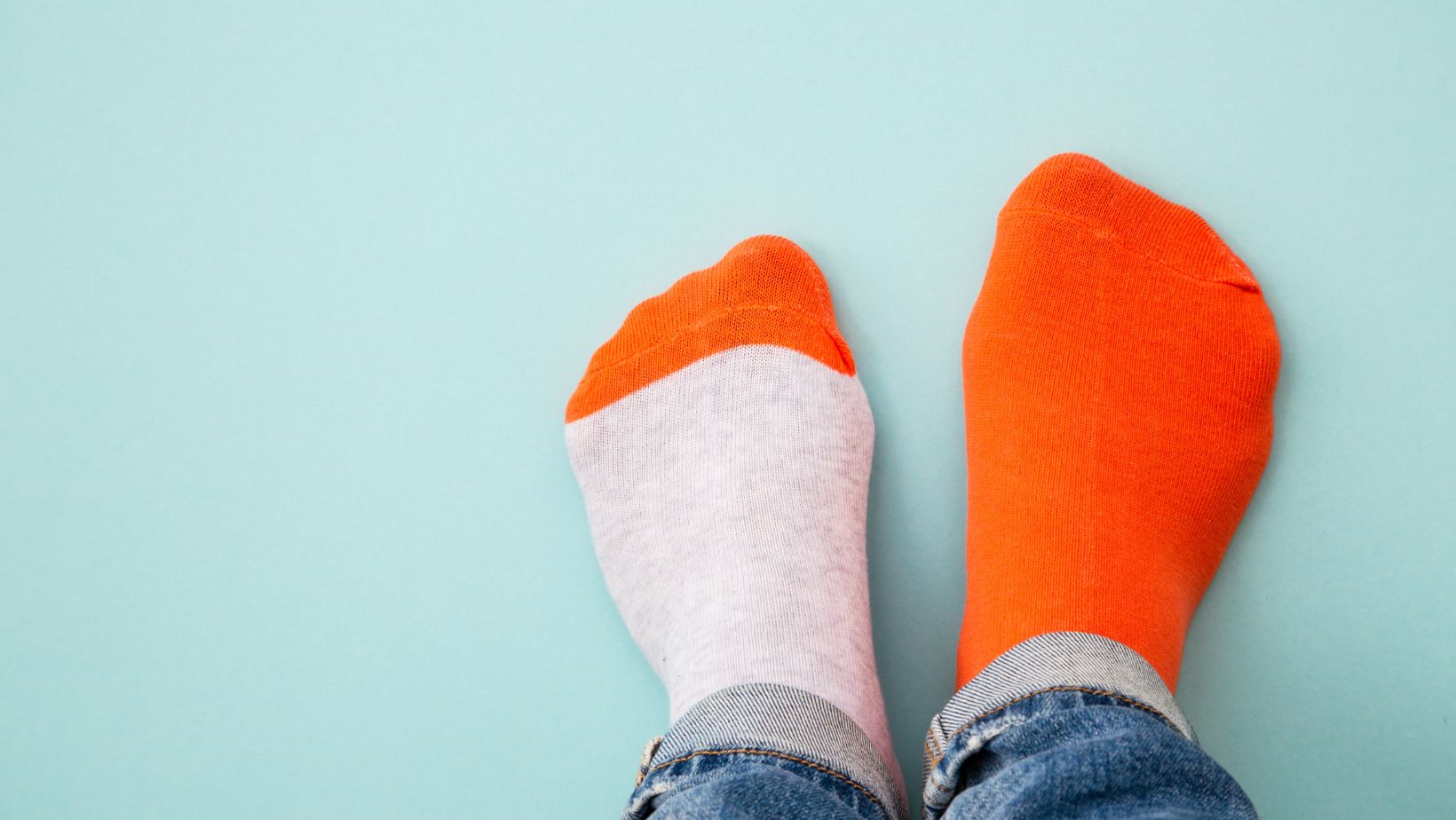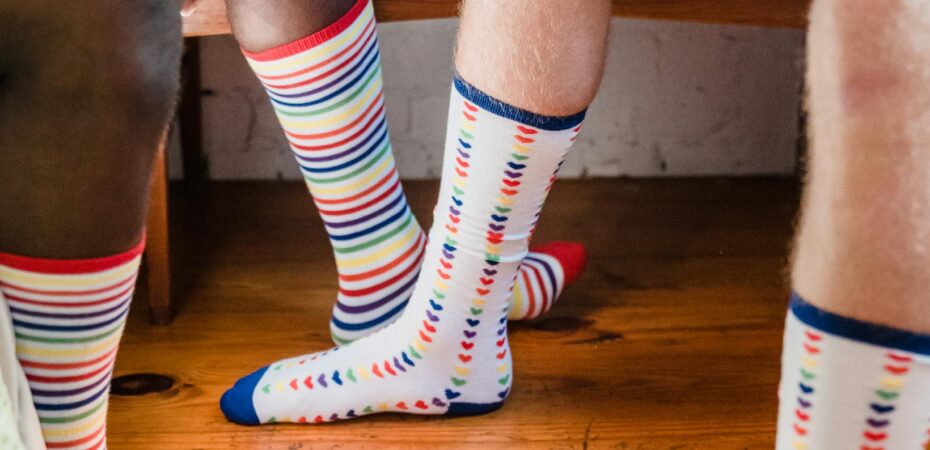Are you tired of dealing with uncomfortable leg swelling or achy muscles? If you are, you’re not alone. Compression socks provide relief and comfort, a simple yet effective solution for common leg issues. Compression socks may not be the most thrilling topic, but they have the potential to make your everyday life a lot more comfortable. In this guide, we’ll unravel the mystery behind compression socks, explain how they work, and share practical tips to ensure they’re as comfortable as possible.
How Compression Socks Work
Improved Blood Circulation
Compression socks create a slight squeeze on your legs, assisting veins in pushing blood back up to the heart. This enhanced circulation helps oxygenate the muscles and tissues while removing waste products, contributing to overall vascular health. If you’re ready to gain the edge in leg comfort, the GainTheEdge guide is your go-to resource.
Reduced Swelling
The pressure from compression socks limits fluid accumulation in the legs, decreasing swelling. It is particularly beneficial for individuals who may experience oedema or swelling due to prolonged periods of sitting or standing.
Prevention of Blood Clots
Wear compression socks to support blood flow and reduce the risk of blood clots. It is crucial, especially for individuals with conditions that make them more susceptible to clot formation, such as deep vein thrombosis (DVT).
Faster Muscle Recovery
Tired muscles can benefit from the enhanced circulation facilitated by compression socks. Improving blood flow enhances the efficient delivery of nutrients and oxygen to muscle tissues, helping them recover more quickly after physical activity.
Choosing The Right Compression Socks
Compression Level
Choose the proper pressure level (measured in mmHg) – lower (15-20 mmHg) for daily use, higher (20-30 mmHg or more) for severe conditions like deep vein thrombosis. Align with medical advice.
Size
Get the correct size based on both shoe size and calf circumference. Wearing the right size is crucial for optimal effectiveness, preventing discomfort, and ensuring benefits. Use the manufacturer’s sizing chart.
Material
Consider materials like nylon, spandex, and cotton. Each has specific properties affecting breathability, moisture-wicking, and durability. Choose based on your lifestyle and preferences for comfort and functionality.
Tips For Maximum Comfort Of Compression Socks
Putting On and Taking Off Compression Socks
Wearing compression socks may be a little workout. Roll them down, put your foot in, and gradually pull them up. To take them off, roll them down again. This method is gentler on your skin and nails.
Proper Hygiene and Maintenance
Keep your socks clean. Wash your items in lukewarm water with mild soap and let them air dry. Don’t use fabric softeners or bleach, as they can harm the fabric.
Dressing for Comfort
Pair your compression socks with loose-fitting, comfortable clothes. Pick shoes that fit comfortably and give the proper support. It’s a bonus if they look good!
Managing Discomfort and Common Issues
Sometimes, compression socks can feel itchy or hot. To reduce this, moisturise your skin before putting them on. If you spot skin irritation, talk to your doctor.
Gradual Adaptation
If you’re new to compression socks, ease into them. Start wearing them for a few hours daily and gradually increase the time. It helps your body adjust comfortably.
Lifestyle Tips With Compression Socks
Wear During Long Periods of Sitting or Standing
Compression socks benefit individuals who spend extended hours sitting at a desk or standing on their feet. The graduated pressure prevents swelling and discomfort, promoting better overall leg health.
Include in Travel Routine
When you embark on long journeys, especially by air, wearing compression socks can reduce the risk of developing deep vein thrombosis (DVT) by promoting blood flow. Wearing them during travel can alleviate leg fatigue and swelling.

Incorporate into Exercise Regimen
Compression socks don’t just work for sedentary activities; they can boost athletic performance by minimising muscle vibration and fatigue. Incorporating them into your exercise routine may help with post-workout recovery.
Choose the Right Size
Selecting compression socks in the correct size is crucial for optimal effectiveness. Distribute the graduated pressure appropriately, promoting circulation without causing discomfort and ensuring a snug but comfortable fit.
Follow Proper Care Instructions
It’s essential to follow care instructions diligently to maintain the efficacy of compression socks; regular washing and proper storage helps preserve the compression level and extend the lifespan of the socks.
Consult with Healthcare Professionals
Before incorporating compression socks into your routine, especially if you have pre-existing health conditions, it’s a good idea to consult with healthcare professionals. Receive personalised advice from them that caters to your specific needs and medical history.
Who Should Wear Compression Socks?
Athletes
To boost performance and minimise muscle fatigue, athletes frequently wear compression socks. The increased blood flow promotes faster recovery after intense physical activity, helping athletes maintain optimal leg function.
Pregnant Women
Notice any swelling in your legs and feet? It might happen because of increased pressure on blood vessels during pregnancy. No worries—slip on some compression socks. They support you and ease any discomfort by stopping excess fluid buildup.
Individuals with Varicose Veins
Those with varicose veins or a history of venous insufficiency can benefit from compression socks. The pressure exerted by the socks helps improve venous return, reducing the risk of complications and easing symptoms.
Desk Job Professionals
Individuals with sedentary jobs that involve prolonged periods of sitting can develop circulation issues. Wearing compression socks can counteract the adverse effects of prolonged sitting by promoting blood flow and preventing swelling.

Post-Surgery Patients
After certain surgeries, doctors may recommend wearing compression socks to prevent blood clots and reduce the risk of deep vein thrombosis. The compression helps maintain proper blood circulation during the recovery period.
Individuals on their Feet All Day
People who spend long hours on their feet, such as healthcare professionals, can benefit from compression socks. These socks provide support, minimise swelling, and alleviate fatigue, contributing to overall leg comfort.
Wrap Up
Remember to consider comfortable compression socks’ simple yet significant impact on your daily life. By following the tips in this guide and making them a part of your routine, you’re taking a step towards better comfort and well-being. So, why wait? Put these tips into action, and let your legs enjoy the comfort they deserve. Whether you’re an athlete looking to improve performance, a traveller seeking relief during long journeys, or simply someone who wants to ease discomfort, compression socks can be your allies. Take the first step towards greater comfort today!


 By
By 



